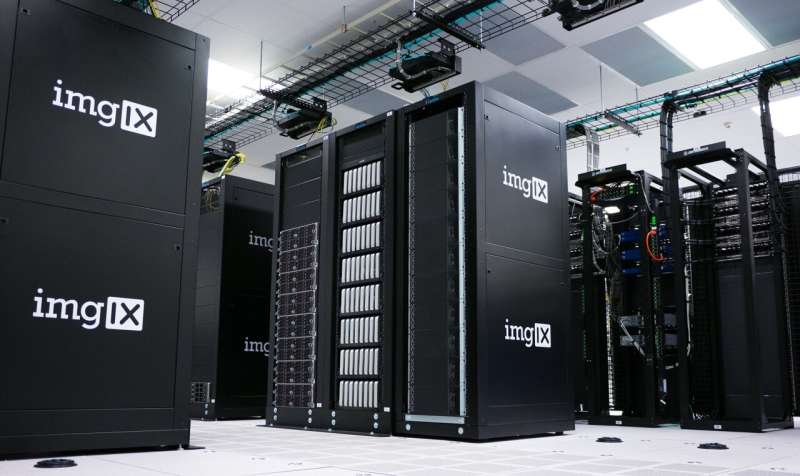Artificial intelligence (AI) has become a ubiquitous part of our daily lives, from curating social media feeds to providing navigation assistance. However, a growing concern has emerged over the environmental impact of this technological revolution. As data centers housing AI models continue to consume massive amounts of energy and water, the question arises: can we harness the power of AI to combat climate change, or is it destined to be a significant contributor to the problem? This blog post explores the complex relationship between AI and the environment, and the critical need to find a balanced approach. Artificial intelligence, Data centers, Climate change

The Voracious Appetite of AI
The crux of the problem is the constant power requirements of AI.systems. These cutting-edge algorithms need to process mountains of information for both recognizing patterns and executing operations, so they end up consuming tremendous loads of power. For comparison, a single connection to an AI-powered chatbot like Google Inbox can consume up to 10 times more energy than running a typical Google search.
This high amount of energy use will equate to larger increases in carbon emissions and, overall, a growing burden on the environment. Not only do the AI programs running on powerful servers in data centers require a vast amount of electricity, but these hubs themselves are power hungry and even thirstier — requiring millions of liters of water to keep them cool. But all of these server warehouses are vying for dwindling pools of power and water resources that people should have a far more legitimate claim to — in ways that may get downright dangerous during extreme weather events, such as heat waves or droughts.
The Promise and Peril of AI
Now AI, on the surface, sounds like a dream solution to saving the earth from climate change. In the future this could lead to detecting natural disasters such as earthquakes and early warning systems, detecting environmental assets changes, even improve climate change predictions. AI systems could optimize power grids, find the right materials for recycling or closely monitor the state of agriculture — saving on water and energy waste.
But in practice, the development and implementation of automated by artificial intelligence (AI) tools often results in more resource-intensive and greenhouse gas emitting technology. The same advantages of AI that have attracted public interest, such as self-driving cars and personalized commercial messages can also increase energy use and material production (exacerbating the problem). The situation is a prime example of the ‘rebound effect’, in which technological changes lead to more usage, just to kill any environmental gains they previously availed.
Low-Tech Solutions: Walks Around the Lake
But as we come to terms with the environmental cost of AI, it is important to remember that not all answers have to be reliant on hi-tech. Indeed many low-tech solutions could turn out to be more resilient as well as lower carbon in the long term. Throughout our history, communities have solved to vulnerabilities with fruit walls used to grow Mediterranean crops in England off renewable energy in the Middle Ages.
We should be careful when using technologies and think about possible dark sides of them. But ‘low-tech’ doesn’t mean turning the clock back a few centuries, it just means moving toward more sustainable and community-based approaches. These tend to be relationships, and coviviality vs. the hyper individualism cultivated by our resource-sucking digital tools. So we have to fully embrace a holistic approach combining the magic of AI with non AI low-tech solutions in order to create a sustainable future without ruining earth, our shared home.
